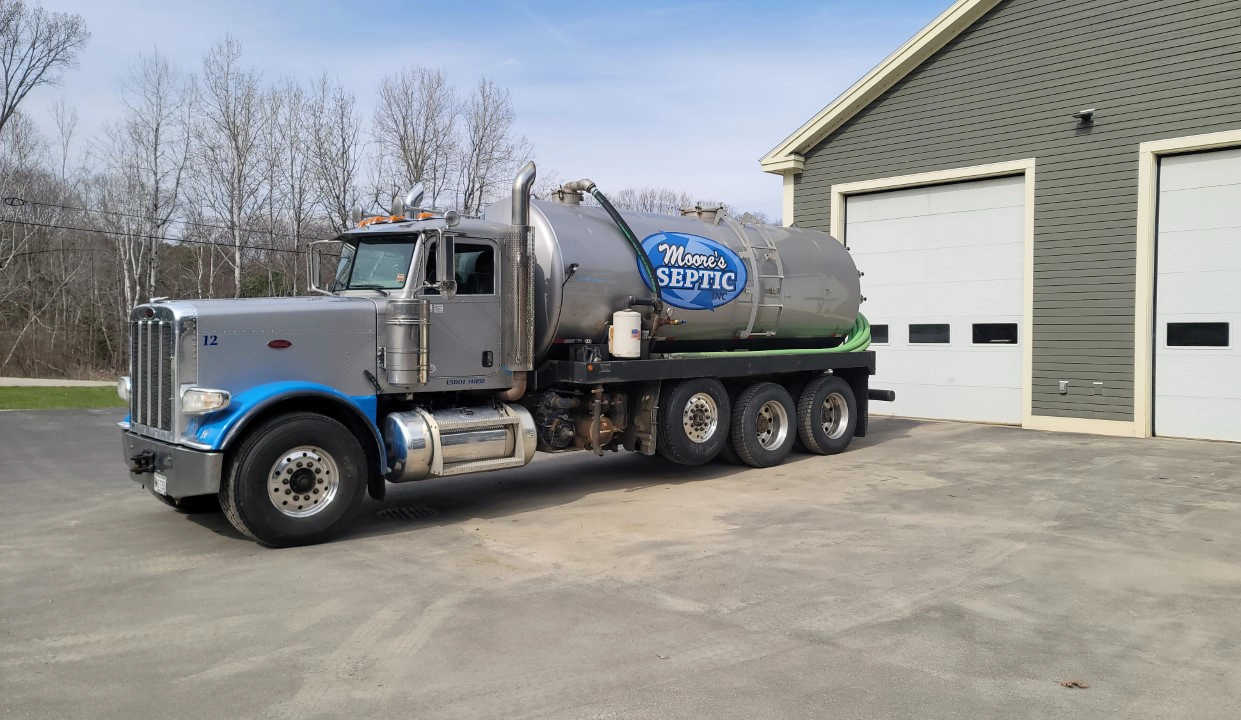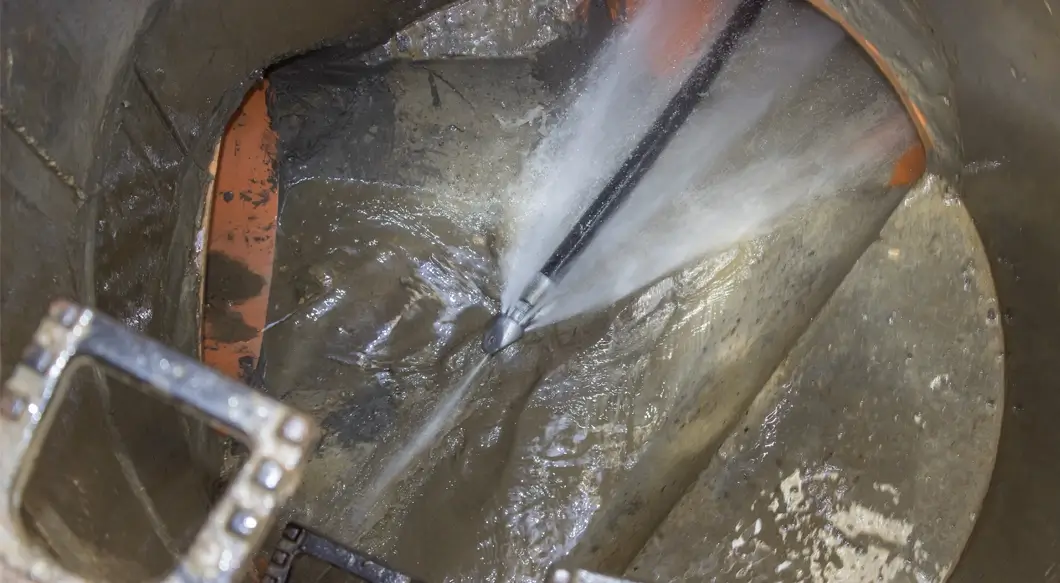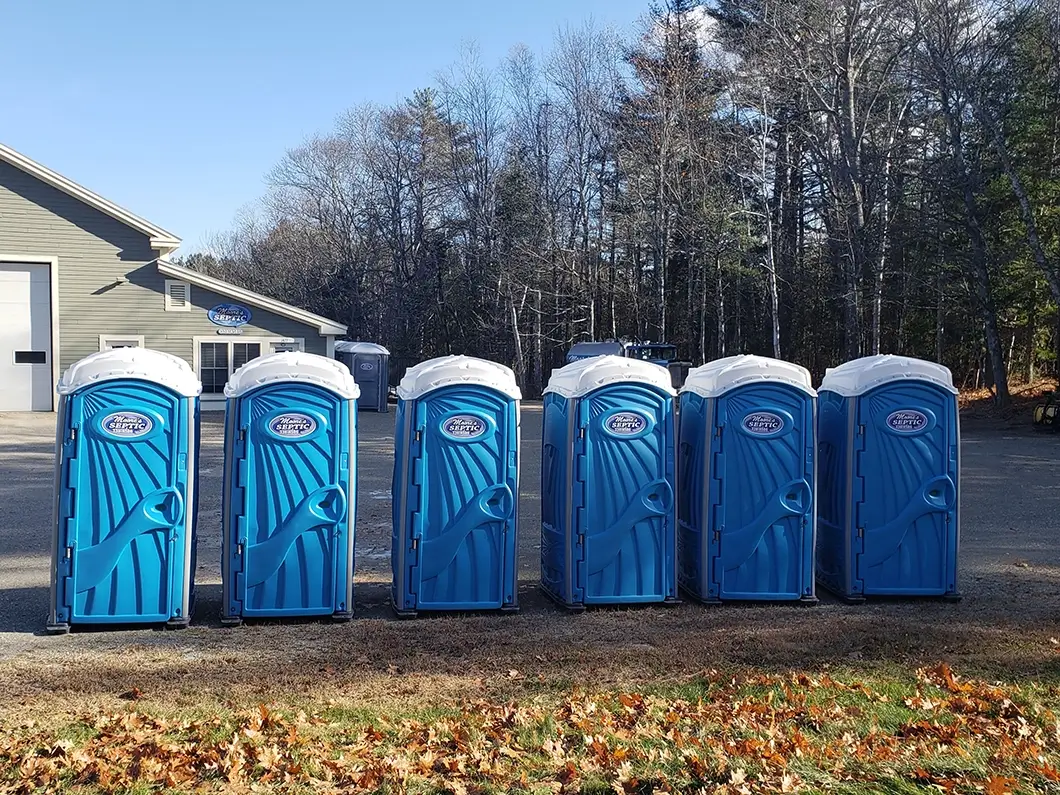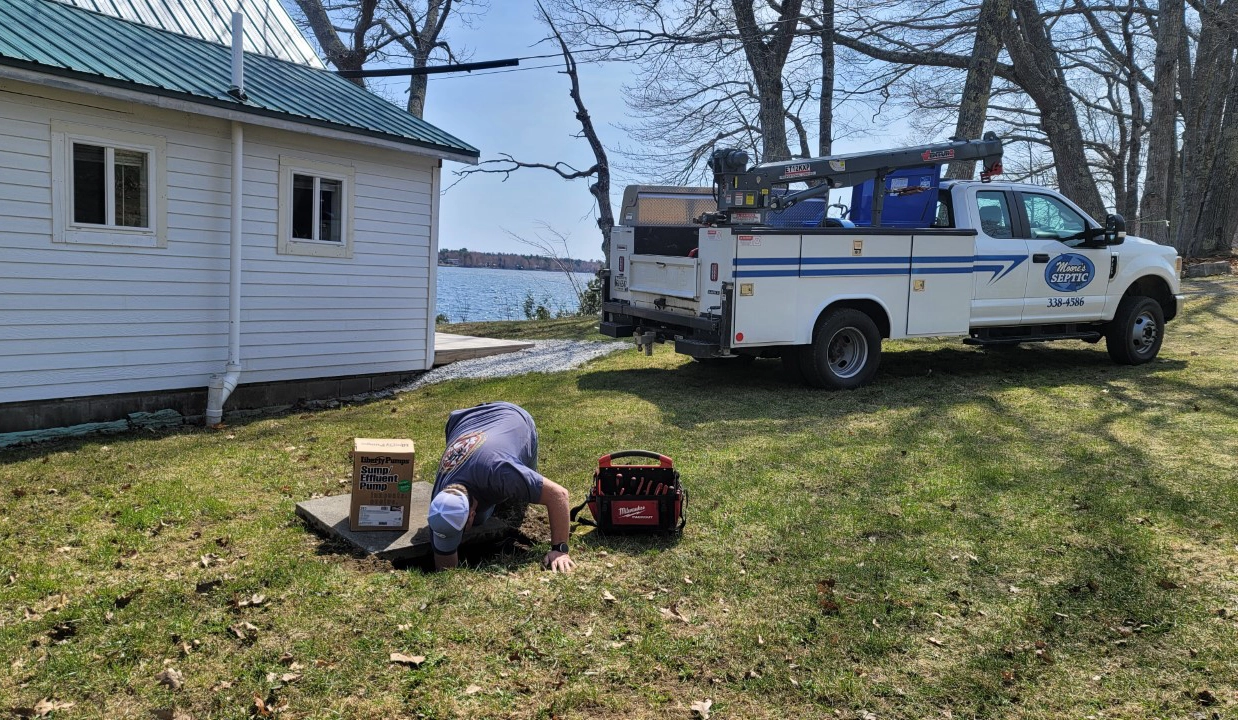Why Choose Moore's Septic
Find out what sets Moore's Septic apart from the rest and why you can trust us with your septic needs.

Fast Turnaround Times
We prioritize prompt attention to septic issues, with efficient and reliable solutions that minimize downtime.

Responsive Team of Professionals
Our expert and knowledgeable team is dedicated to providing top-quality septic services and exceeding customer expectations.

3rd Generation Family Business
A family-owned and operated business that has been serving the community for over 60 years, with a commitment to excellence.

Over 60 years in Septic Business
A trusted septic service provider since 1962, with a proven track record of reliability, expertise, and customer satisfaction.

Residential & Commercial Service
Comprehensive septic solutions for both residential and commercial properties, tailored to meet your specific needs and requirements.

Using Cutting Edge Equipment
Our state-of-the-art tools and equipment ensure fast and accurate diagnoses, repairs, and maintenance of your septic system, minimizing disruptions to your daily routine.

Septic Service
Our septic services cover everything from routine maintenance to repairs of existing systems. Whether you’re a homeowner or business owner, our team is equipped to handle your septic needs. We offer competitive pricing, fast turnaround times, and exceptional service. Don’t wait until it’s too late-call us today for all of your septic needs.
Learn More About Septic Service
Drain Line Cleaning
Our drain line cleaning service is crucial in maintaining a healthy septic system. Debris, grease, and other materials can clog drain lines, leading to backups and system damage. Our team uses modern techniques and equipment to remove buildup, restore flow, and extend the life of your septic system. Call us today to schedule a cleaning.
Learn More About Drain Line Cleaning
Portable Toilet Rentals
Our portable toilet rentals are perfect for events, construction sites, seasonal properties, and other outdoor gatherings. We offer weekend, weekly, and long-term rentals. Our team delivers and sets up the units and provides regular maintenance throughout the rental period. Contact us today to schedule a rental.
Learn More About Portable Toilet Rentals
Sewer Pump Replacements
If your sewer pump has failed, our team is here to help. We offer sewer pump replacements to ensure that your septic system is running efficiently. Our team uses top-of-the-line equipment and techniques to replace your pump quickly and effectively. Don't let a failing pump disrupt your life – call us today to schedule a replacement.
Learn More About Sewer Pump Replacements